Many LCD panels operate on the unified eDP standard. It means that we can use this open architecture and use this panels in some personal projects. For quite a while I have a bundle kit which consists of a 9.7-inch LCD panel from an old iPad model, eDP adapter for this panel, universal eDP controller board and controls.
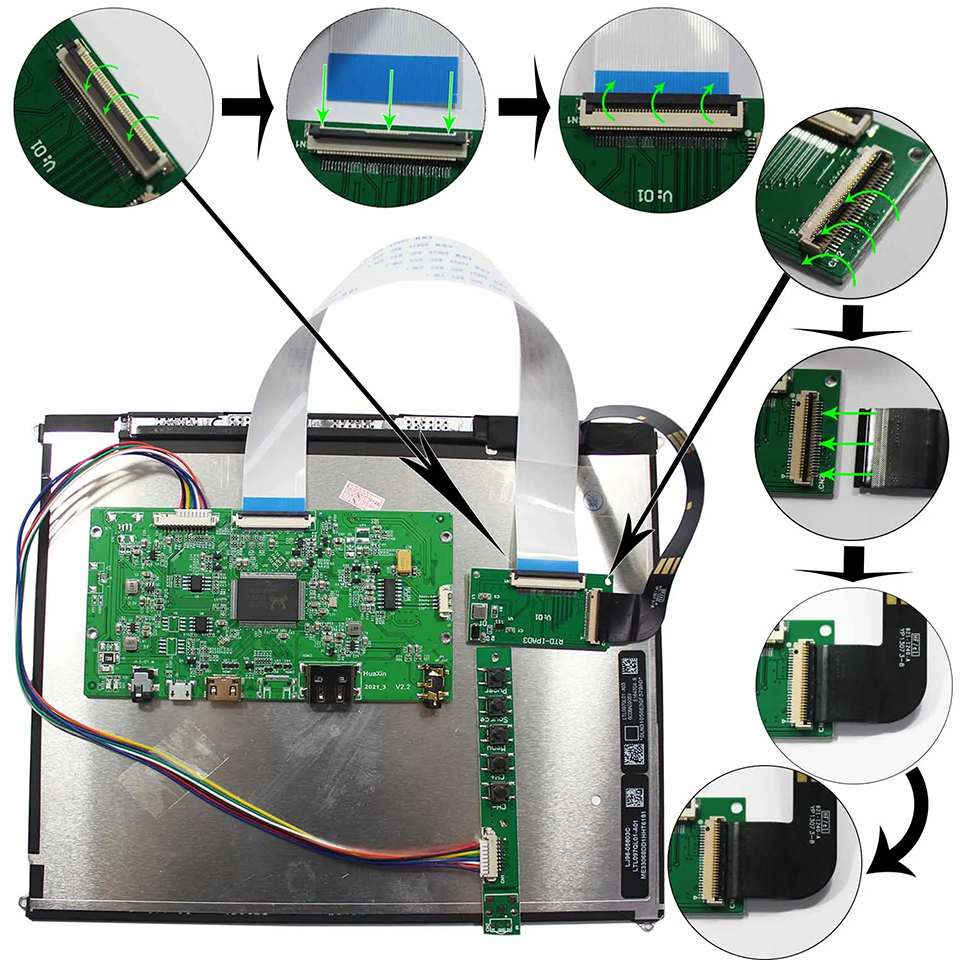
V1
So I finally decide to make my own design of enclosure for simple DIY display. Here you can find actual
SolidWorks CAD files.
Design is pretty RAW but works fine. It is building like a sandwich layer by layer. All PCB secures in place with studs. Whole construction tightening up with only M3 format usage.

One of the features of design that panel itself lays flat inside freely, without any screws attachment. It means that construction is not adding stress to it so no backlight bleeding.
At first place I wanted to record some assembly video but assembly process was a bit painful to do and eventually painful to watch. So just check the result.

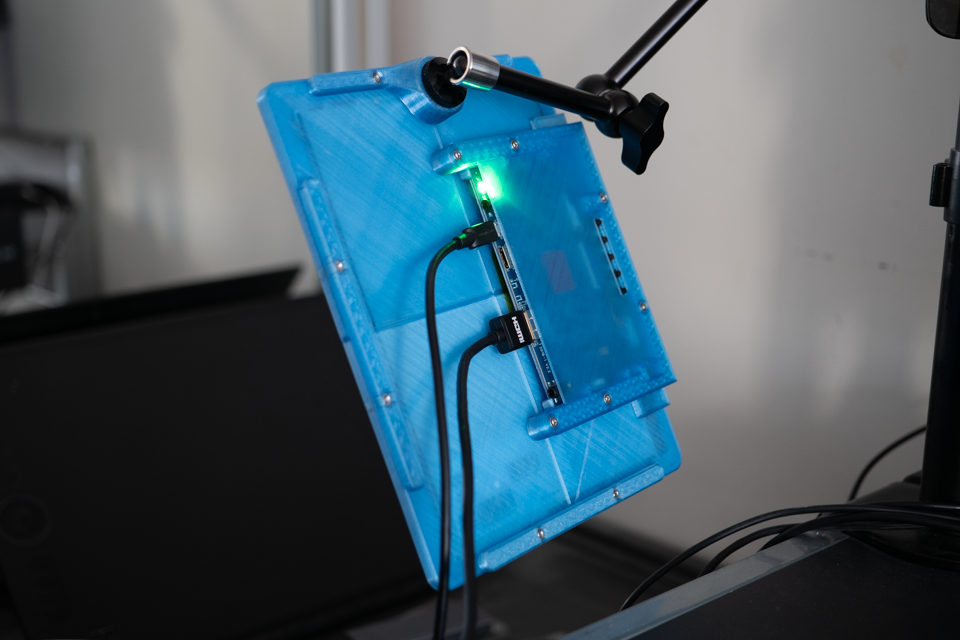
Maybe in the future I will make revision of this design with more cool panel but for now that is it. Few weeks of work for article of few sentences... oh well...
V2
Here's a major update to this project. I had built it once before, but the result was flimsy. After I forgot how painful the original design was, I decided to start over and create a new version. This time, I focused on reinforcing the structure with M3 rods and significantly simplified the plate block. Also, now it has a proper 1/4" nuts mounting system instead of the printed one.
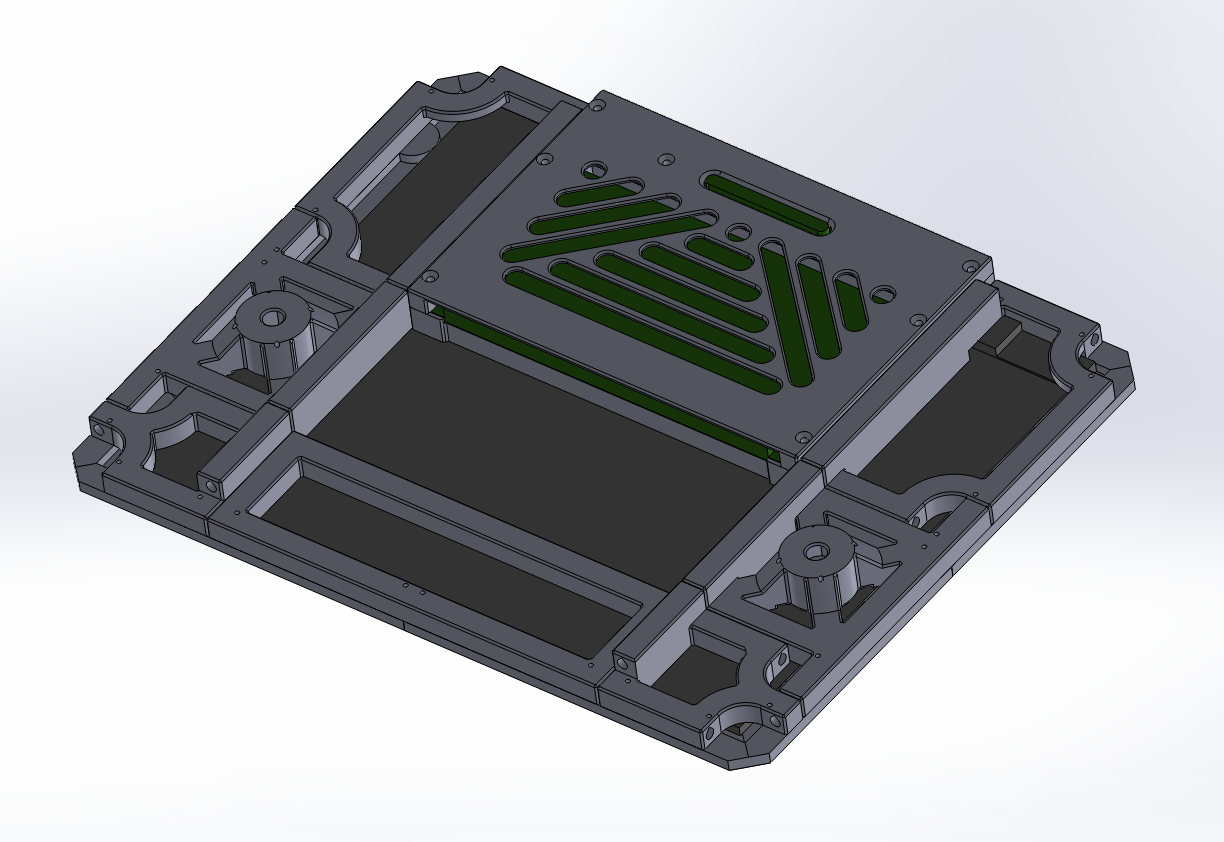
As expected, the result is total overkill. It’s sturdy as hell. The assembly process can also be quite challenging. I’ll rethink this concept one more time… maybe… someday. Anyway, the idea was to reinforce a tiny 3D print with metal, and it seems to work fine.
Here is a pack of
.stl files.
To assemble this, you will need:
DIN 975 M3
DIN 934 M3
DIN 125 3mm
DIN 127 3mm
DIN 7982 2.2mm
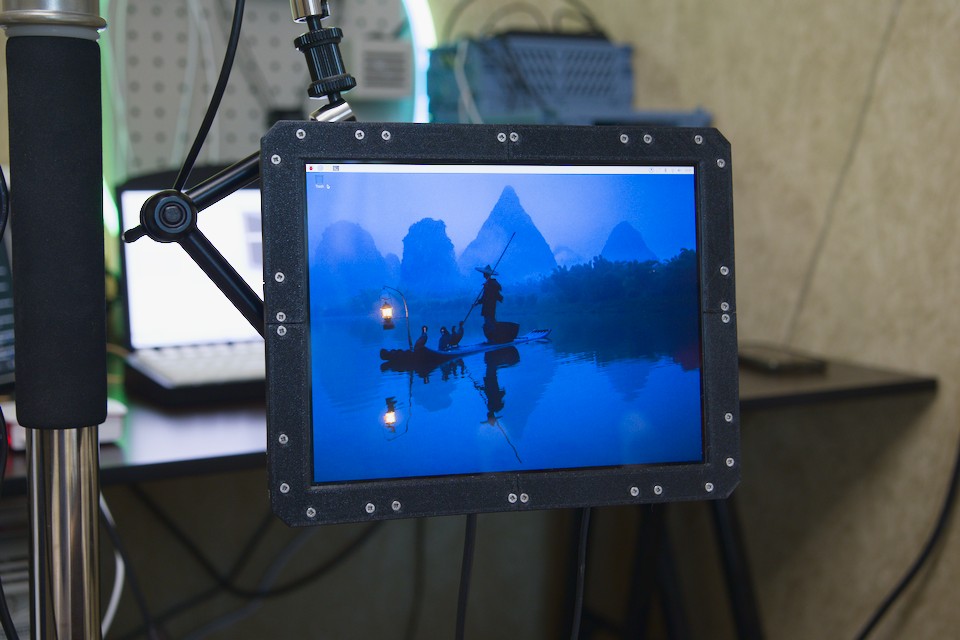
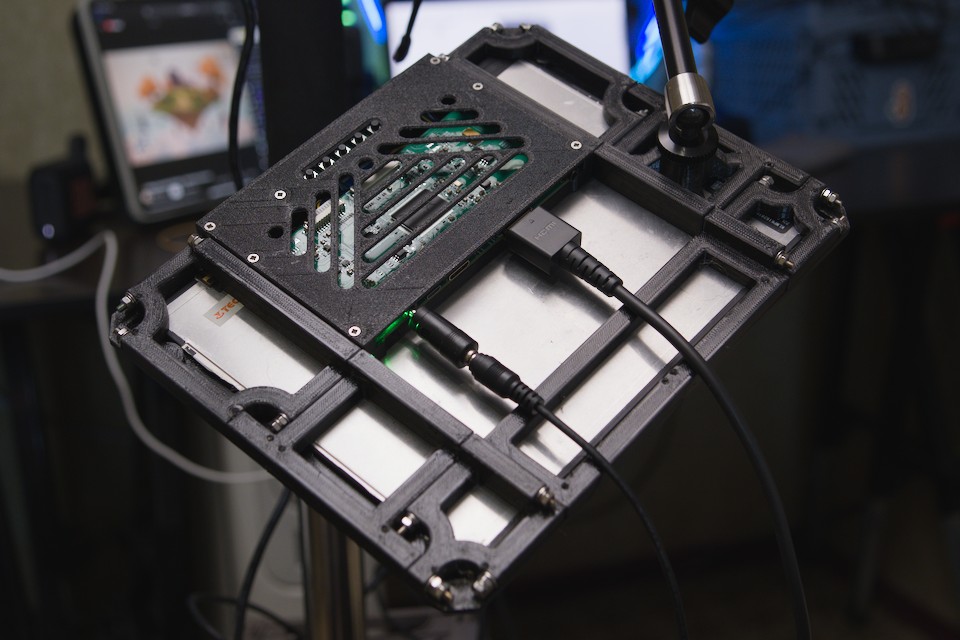
As you can see, in this build I’m using self-tapping screws throughout the construction. For this purpose, they work well and hold the structure firmly. On the downside, make sure to pre-drill holes to create threads before actual assembly. Also, check the lengths of the screws before driving them in to avoid piercing any ribbon cables or similar components.
And that’s it. I’ll research the idea of reinforcing constructions with metal a bit more, but for now, I’m tired of this project.
Created by TennojiM
All rights reserved
© 2026
All rights reserved
© 2026
